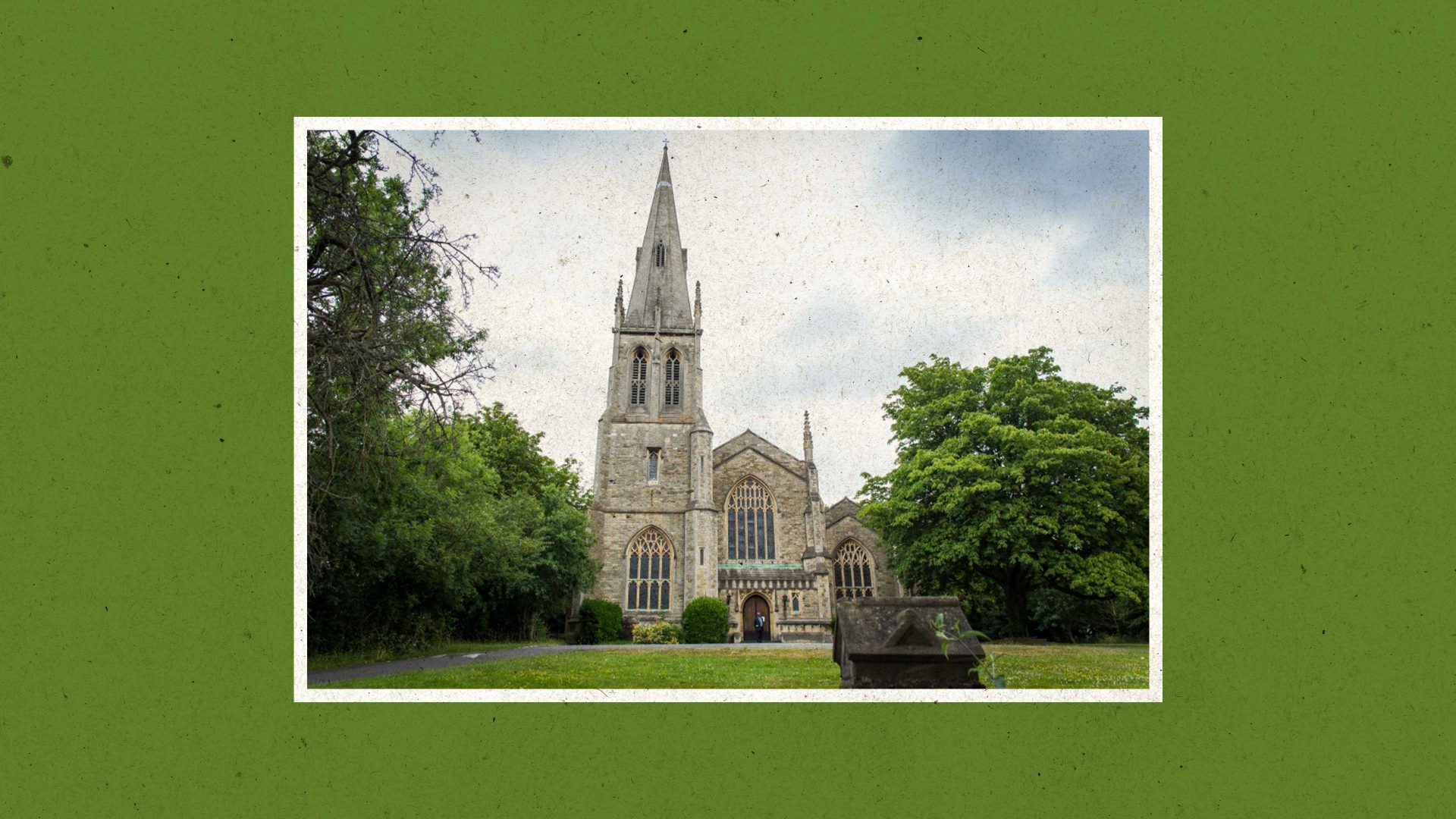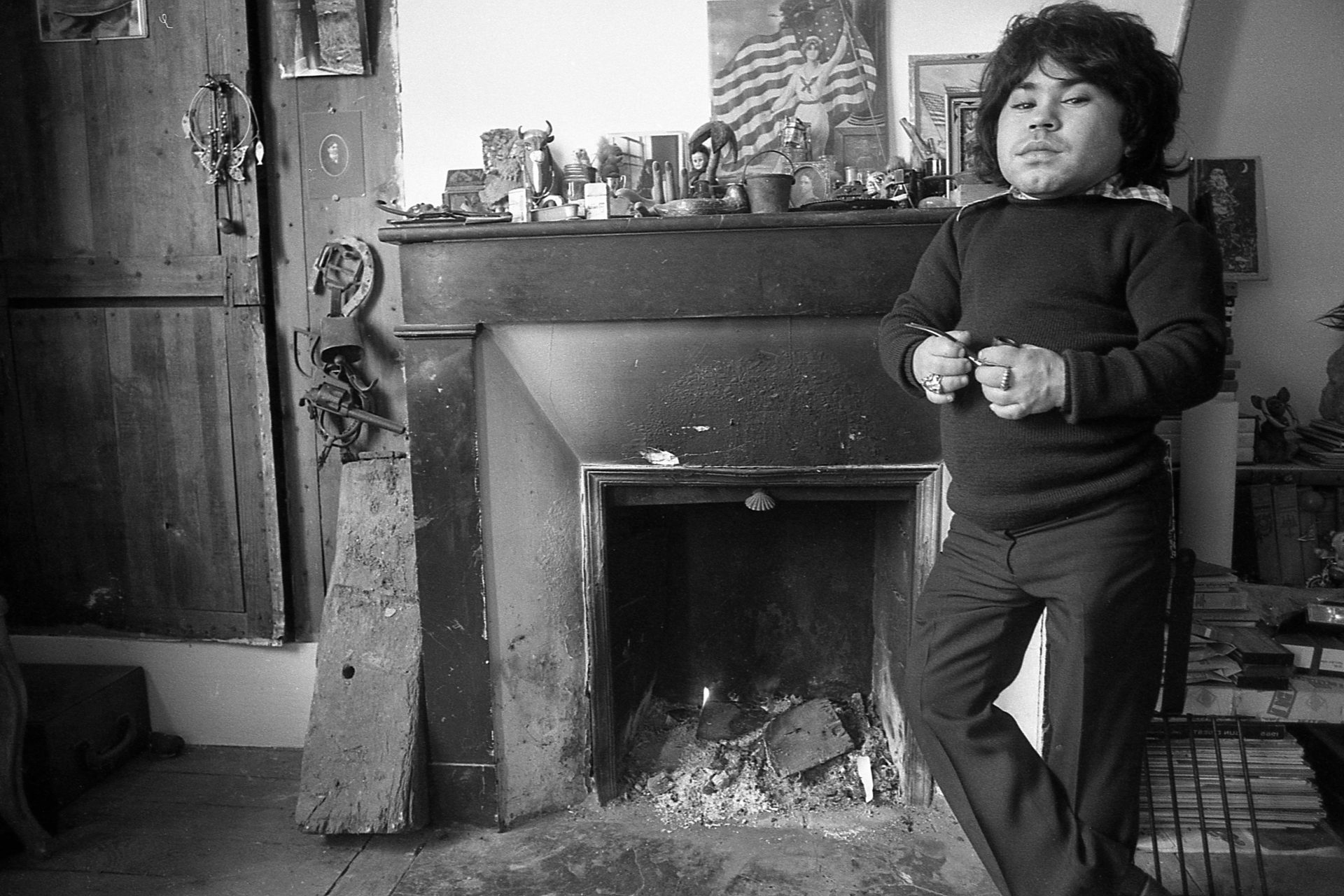To All Saints, Margaret Street for sung Evensong on the Twelfth Sunday after Trinity. MM is predominantly Jewish and Balkan in terms of ethnicity, but culturally he’s a self-hating Englishman who was christened in its state church – All Saints’ namesake in Hove, Sussex – and who still takes a sort of mordant pleasure in going through the ecclesiastical motions.
I can’t remember how high a church the Hove All Saints was in the 1960s, but on my grand-maternal side I come from a line of prelates so, um, elevated they were almost… Catholic. At any rate, I felt altogether at home in the Central London All Saints, an extravagantly – nay, lavishly – decorated Neogothic-cum-Romanesque church by Butterfield, of which the arch-Arts & Crafts luminary Charles Eastlake laconically remarked: “There is evidence that the secret of knowing where to stop in decorative work had still to be acquired.”
Pevsner and Cherry in their definitive guide to London’s buildings are more strident: “The interior is indeed dazzling, though in an eminently High Victorian ostentatiousness of obtrusiveness… No part of the walls is left undecorated. From everywhere the praise of the Lord is drummed into you. The motifs are without exception big and graceless.”
But before we could get inside this Ruskinian reification of the Anglo-Catholic Oxford Movement’s principles of worship, we ran into one of its resident clergy: a tanned, white-haired man in his late sixties or early seventies, of martial bearing, wearing a ground-length, close-fitting black cassock and puffing away happily as he strode towards the open doors. “May we come in your church?” I asked, faux-timidly. “Of course!” he expostulated, grinding out his half-smoked fag beneath his leather sole, “That’s what it’s for!”
I felt warmed by this combusting welcome, and observed to Mrs MM – who, being of the Armenian Orthodox confession, understands few of the doctrinal niceties – that this proved we were abiding with true Augustinians, who take pleasure in the flesh since they know there’s absolutely nothing they can do prevent its corruptibility. Beyond, that is, drumming into themselves the praise of God, and praying fervently for theirs – and everyone else’s – salvation. There was plenty of praying during the service – and plenty of smoke as well: great clouds of it boiling up into the local heavens formed by All Saints’ disproportionately, um, high, nave, as the clergy revolved about the chancel, bobbing their heads and swinging their censors.
The significance of the incense smoke is of course this: to represent the prayers of the faithful – but as representations go it seems impressionistic at best, unless we’re to think of our supplication as a mere shadow-play, giving embodied volume to evanescent light, while making things at least smell nice for a while – which is really the contemporary, secular form of God’s infinite goodness.
I know, I’m in danger of sounding like one of those Nietzschean malcontents who don’t know what they like, but know they hate God – albeit a punitive, judgmental God that closely resembles their own execrating superego. And what could be worse than that – because, of course, it leads you straight back into the fold: “Nietzschean malcontent…?” you can just imagine the benignant, fluting tones: “Jolly good! Come along to the Vicarage on Sunday morning for some coffee after the service, we’re a very broad church…”
Although possibly not a very long one: the Oxford Movement came into being in the 1830s to protect the established church from the twin threats of Evangelicalism and liberalism – the former being too low by far, and the latter unashamedly secular. Looking back to the Anglican church of the Reformation, divines such as Newman and Pusey argued that this was just one branch of a growing Christian tree, the other two of which were Eastern orthodoxy and Roman Catholicism. Of course, Newman then switched branches by defecting to Rome – and the rest is a history of precipitate decline: by 2014 only 16% of the population identified as belonging to the Church of England, and of those a mere tenth were regularly attending services.
This explains why while the surplice-wearing choir and the cassock-sporting clergy at All Saints numbered 14, the congregation only exceeded them by two. If we hadn’t pitched up there’d have been a bizarre sort of parity of officiants and worshippers. How long, one wonders, can this – admittedly very beautiful – charade go on? MM was critical of the Church’s shut-door policy during the first stages of the pandemic, and the Archbishop of Canterbury’s Great British Bake Off-style Easter communion service, held on the stripped-pine ‘altar’ of his kitchen table at Lambeth Palace, but really the rot goes far deeper than any linseed oil of relevance could ever penetrate. And I mean the rot in us – as well as the Anglican clergy, who’ve yet to cleanse themselves fully after decades of child abuse scandals.
Our route home took us past the Covid wall on the Embankment where tens of thousands of hearts have been inscribed on the wall of St Thomas’s Hospital to commemorate those who died in the pandemic. Perhaps if we still believed in the Resurrection they’d have been inscribed on the walls of nearby Lambeth Palace.



